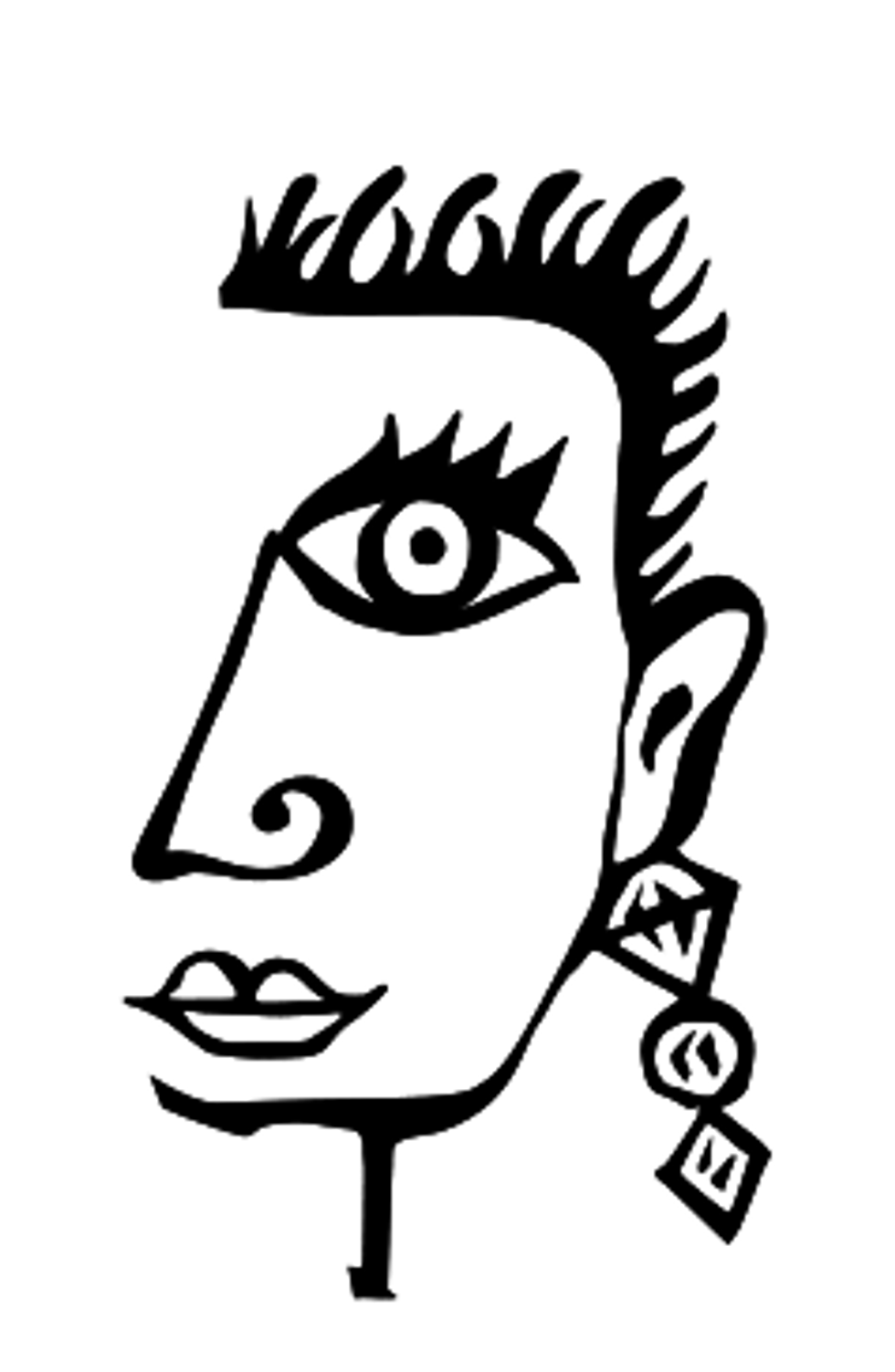Queen Elizabeth II had just died and hadn’t even made it to London for the official laying in state (the funeral was 10 days away, although everything had been planned years, no make that decades, ago). That didn’t stop Red, a Tudor history fan (Black would say “fanatic”) and long-time follower of the Royal Family (dating back to before she married a Brit and lived in England), from sharing with Black how she thought King Charles III could be the right man at the right time to be king.
RED’S THOUGHTS ABOUT KING CHARLES:
- King Charles could be the perfect bridge between Queen Elizabeth II and the next in line, Prince William
- Trained since birth, he knows the importance of the role and its history
- He may have “rocked the boat” in his younger days, but now he’s older and wiser
- His generation may not have acknowledged the changing of England’s population and the need to accept racial diversity or the existence of mental health issues, but he understands the importance of embracing today’s issues vs. living in the past
- His long-time positions on climate change, the environment, and conservationism used to be considered crazy and are now not only mainstream, but recognized as critical issues
- People’s opinions of him have changed and may have been due to a concerted effort on his part, but maybe he’s not quite as daft as people once thought
- Prince Charles’s personal life was once viewed through the lens of his “fairy tale gone bad” relationship with Princess Diana, but Queen Consort Camilla, who was his “first love”, seems to be a true partner and may be a better fairy tale
- Regardless of why, he’s more “human” and approachable than prior British sovereigns, as displayed by “the kiss” he received on his first day as king from one of his subjects
Of course, Red fully expected Black to reply with a business analysis of “The Firm” (which is how the Royal Family refers to itself and the institution) which is estimated to contribute over $2 billion a year to the U. K. economy or the business impact of a change in the ruling monarch (for example, changing the image on currency). Or, at least, some sarcastic comment about how King Charles certainly had long enough to prepare for the role. But the last thing she expected was bullet points of the important lessons to be learned from the new monarch.
BLACK’S LESSONS TO BE LEARNED FROM KING CHARLES III:
- Be patient
- Prepare for the job you want – not the one you have
- If others undervalued you, realize that may be their shortcoming
- You can pick your friends, but not your family
- You will be judged by the company you keep (and the people you marry)
- If you do not like how people see you, show another side of yourself
- Manners and decorum never go out of style
- You may be in the public eye, but some things are best kept private
- It is always essential to have a succession plan
- Find humor in the everyday things
Regardless of your opinion of the monarch and the Royal Family, the crown rests on the head of a soft-spoken, wise man who has spent his entire life preparing for this role. And although Queen Elizabeth II was more than a queen, she was a symbol of royal perfection, we live in a very different world … yet that doesn’t change the fact the King is still his mother’s son.
Tonight is the first night of Chanukah (FYI, there are multiple "correct" spellings), and while Red may be celebrating the Festival of Lights with potato latkes (pancakes), when she lights the menorah to symbolize bringing light into darkness, she’ll be laughing at Black’s car analogy …
| At the risk of Black coming up with another potato analogy, for me, Chanukah's all about potato latkes. The childhood memories of our dad grating pounds and pounds of potatoes to the point where I'm not sure I could see our kitchen table, many decades later, my eldest daughter taste-testing latkes from an assortment of places. (I love to cook, but latkes are a lot of work.) Of course, the lighting of the menorah is also such a special part of the holiday celebration, whether the electric menorah that my parents had where you would "twist" each light bulb as the nights progressed or the more traditional menorah with candles that my daughters and I light each year (and never leave unattended). |
| I never cease to be amazed by the miracle of Chanukah (regardless of whether you spell it Chanukah or Hanukkah, or some other variation) and how the oil that was only supposed to last one day instead lasted for eight days. It is as if your cellphone indicated it is at 12% but lasts eight days. Or, if the gas gauge in your car indicates you have 25 miles left, but you are able to drive 200 miles. Sometimes things happen that defy logic, and that is where faith takes over. And, a belief in something bigger than all of us. |
Tomorrow is the start of Chanukah, the Festival of Lights, which celebrates hope and miracles – and who could not use hope and miracles?
Happy Chanukah!
Every year on #GivingTuesday, Red tells Black that she knows how important giving is – whether time or money – but, unlike Black, she doesn’t have a meaningful charity that’s been part of her life for decades. We often “repeat” the conversation below, but this year, Black suggested that Red use #GivingTuesday to think about what charity inspires her or holds special meaning, and then get involved. Making it personal often ends up making it a year-round passion rather than a one-off obligation.
But no matter how you approach charity, beware of potential scammers. And, if in doubt — check them out! (Black likes GuideStar and Charity Navigator.)
| I know today’s Giving Tuesday, but what I always find so amazing is how you treat every day as “Giving Tuesday." |
| What makes you say that? I do not donate to an organization or charity every day. |
| You’re always so literal. I meant that the spirit of “giving to others”, whether donating or providing support in some way, seems to be part of your daily life. |
| I think you are exaggerating. |
| Really? What about your involvement with The Make-A-Wish Foundation? That’s been going on for years. And it didn’t take a “holiday” to get you involved. |
| Actually, it was a golf tournament decades ago. But once you see the difference you can make, even if it is a small donation because they add up, it becomes a way of life. Or, at least, it did for me. |
| I know you’ve quietly done things for other organizations and people, too. Living in the Houston area, we have no shortage of natural disasters, and we’ve seen people’s generosity. But what I like about GivingTuesday is it’s not waiting for a specific event because there are so many worthwhile charities that need our support every day. |
| Agree. And, although I am not always a huge fan of social media, #GivingTuesday – note the hashtag – started in 2012 to harness the power of the internet for hashtag activism and, more specifically, to inspire people and companies to give back. |
| Well, social media or not, I know how important it is to give back and help others. And it’s not always about money. Sometimes they need people to donate their time or expertise. I just wish we didn’t need a tragic event or “special day” as a reminder. |
| So, now that you have been reminded, stop talking to me and do your fair share for #GivingTuesday. Trust me, you will be glad you did. |
Today (Black would probably say “every day”) is the perfect day to give back to others, so check out this great list of ideas and pick one (or more) and become part of #GivingTuesday!
It’s that time of year again when we’re re-running this “little slice” of family history because some traditions never get old — and always make us laugh. Not to mention, neither of us can ever look at a perfectly browned turkey and not imagine it being naked!
We first ran this in 2020, but as soon as Black wrote it, it became one of Red's favorite posts and a perfect way to wish you a very Happy Turkey Day … one filled with gratitude, laughter, and memories worth retelling.
Today is Thanksgiving, and I cannot help but wonder why we are online. However, everyone has their own way of celebrating. I know that Red is in the kitchen cooking – and watching a marathon of "The Godfather" movies. Which is perfect as turkeys take such a long time to cook and patience is important when you want it perfectly browned. So inviting, so appetizing, so … naked?
Growing up, our house used to be where everyone congregated for the holidays. Not because my mother was a good cook, or even liked to entertain, but because my parents bought a house on Long Island while the rest of her family continued to live in apartments in Brooklyn and the Bronx. In other words, they had the most room.
Thanksgiving was always a house full of people and everyone always gathered in the kitchen, which made food preparation a challenge. Especially as everyone loved to nibble on ingredients during the process. For the most part, Mom was a good sport about it. But, the closer we got to the turkey being ready, the more food she would move into the dining room, hoping we would follow the food.
I remember one year when the turkey cooling on the counter looked like something from a magazine – it was perfectly browned. Normally, it was splotchy, although you never knew it once my father was done carving it. (Although an engineer, he had dreamed of being a surgeon and every year as I watched him carve the turkey, I would think he missed his true calling.) Anyway, my mother was so proud of this perfectly browned turkey that she would not let anyone near it, and was delaying the inevitable carving.
However, she made the mistake of taking the balance of the side dishes into the dining room and my father must have been helping as my cousin and I snuck back into the kitchen. In a matter of seconds, we had stripped that turkey naked. Enjoying the crispy skin (ok, this was well before the days we were told it was "bad" for you) and laughing until my parents returned to see what was causing the commotion.
Mom was less than pleased, while Daddy tried to hide his amusement. My cousin ran to the safety of his parents, while I stood there defiantly asking if could have a wing. To this day, I cannot see a perfectly browned turkey without remembering that Thanksgiving. And, I venture to guess it has become a favorite memory of my Mom's, as well.
So today, at the risk of being warm and fuzzy (which is Red's area of responsibility),
I want to wish you a Happy Thanksgiving … filled with memories that will last a lifetime.
 red headassets.rebelmouse.io
red headassets.rebelmouse.io Blackassets.rebelmouse.io
Blackassets.rebelmouse.io